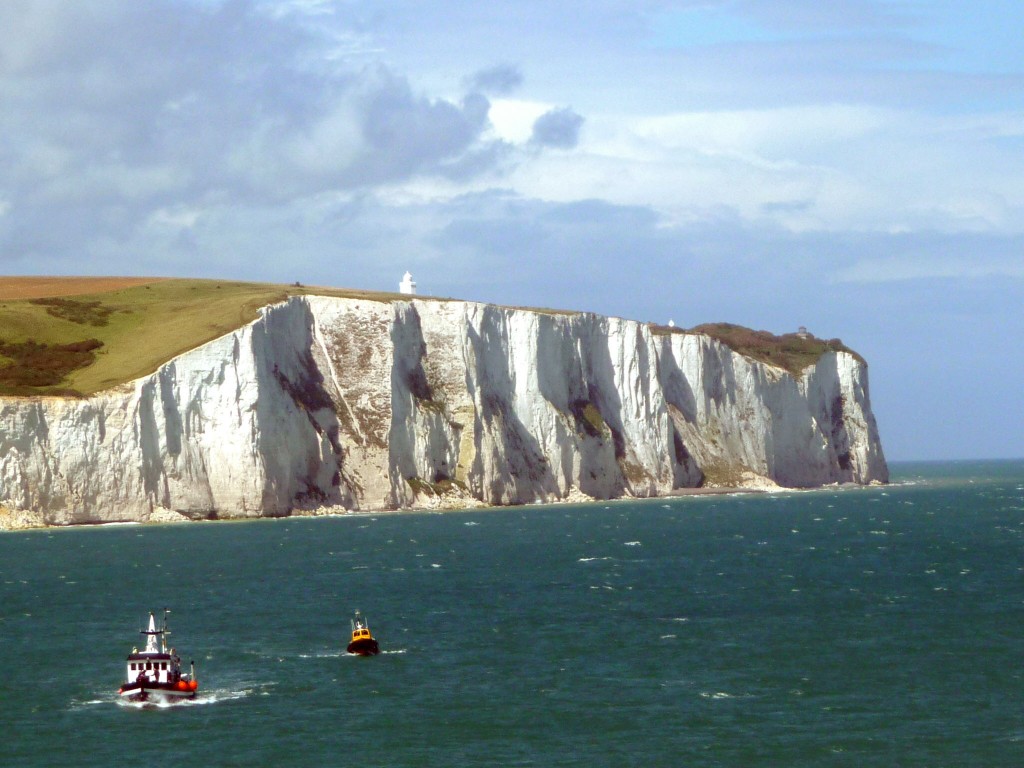MIT, News, WHOI | September 16, 2016
Giant algal bloom sheds light on formation of White Cliffs of Dover

By Lauren Hinkel
Rising high above the English Channel, the White Cliffs of Dover form England’s southeastern coastline. Looking across the water from continental Europe, the bluffs are an impressive sight.
This chalky structure is the work of coccolithophores, tiny marine algae 100 million years ago. Before they died, the algae encapsulated themselves in calcite plates, which sank and compacted into chalk in a shallow sea, and later pushed skyward by plate tectonics.
Now, a new study by MIT’s Sarah Z. Rosengard, and her colleagues at WHOI and elsewhere, examined the ocean conditions that likely helped coccolithophores to flourish, making the White Cliffs possible. To do so, they looked at an unlike source: a great bloom of coccolithophores in the Southern Ocean known as the Great Calcite Belt.




